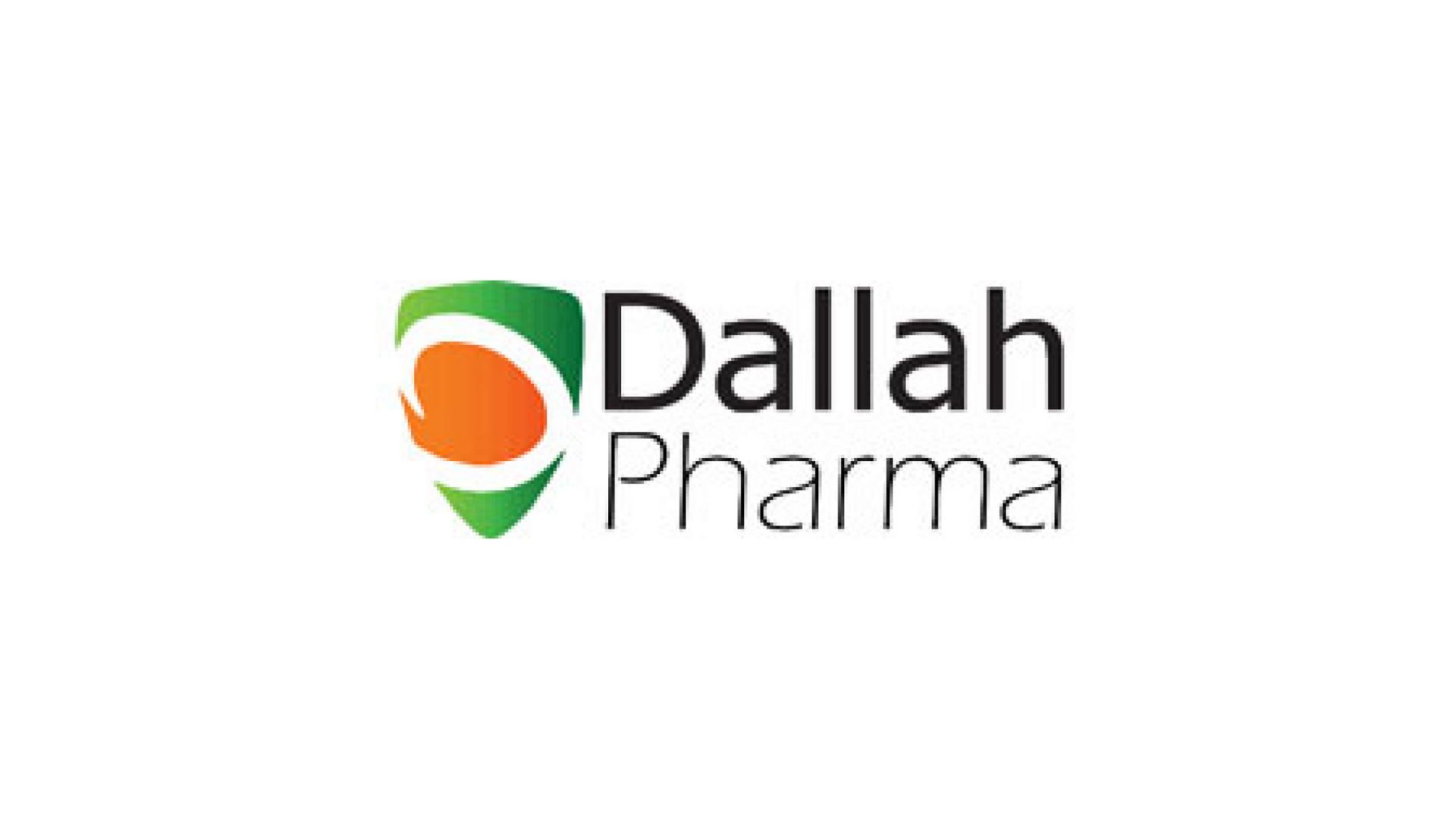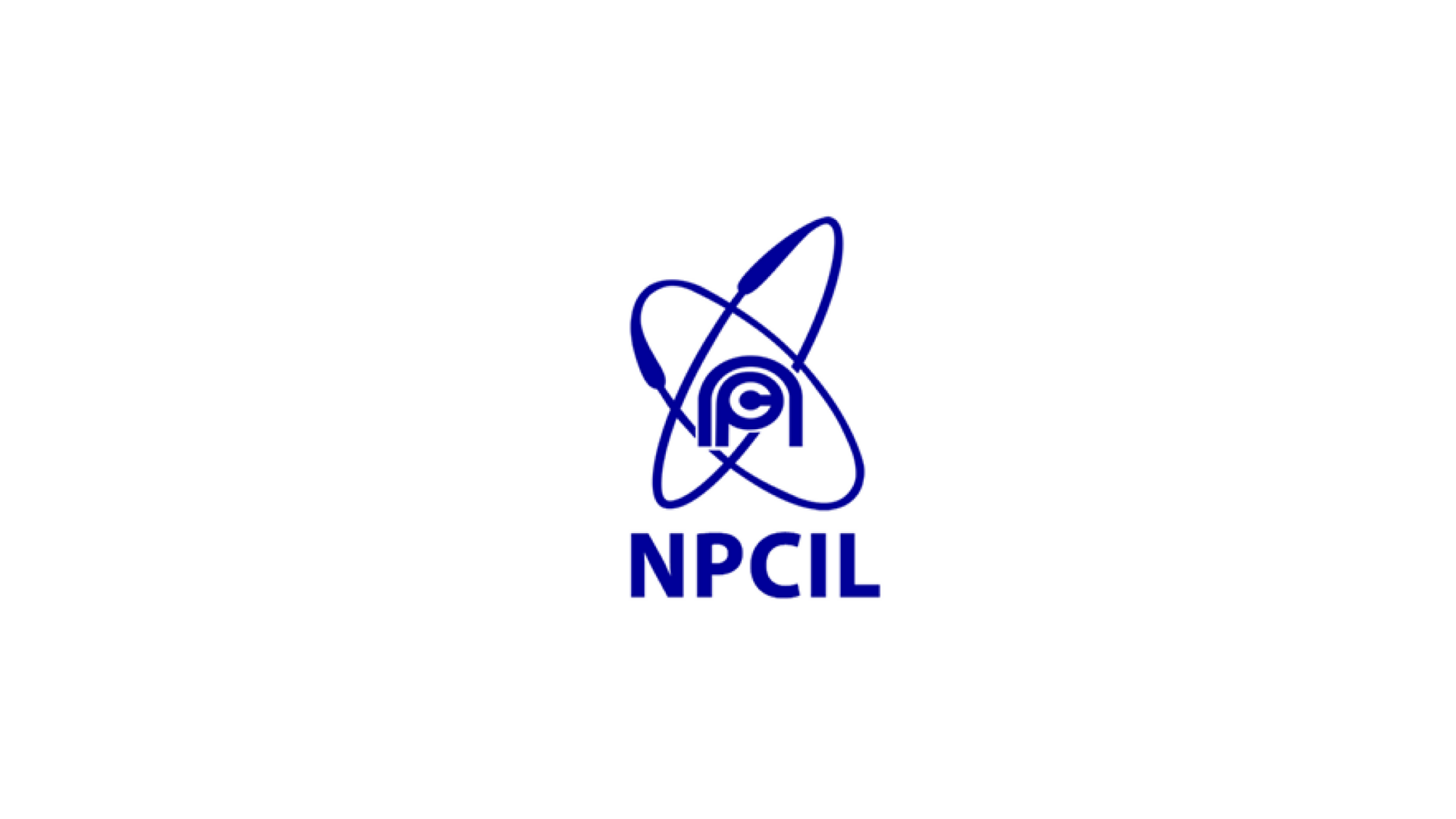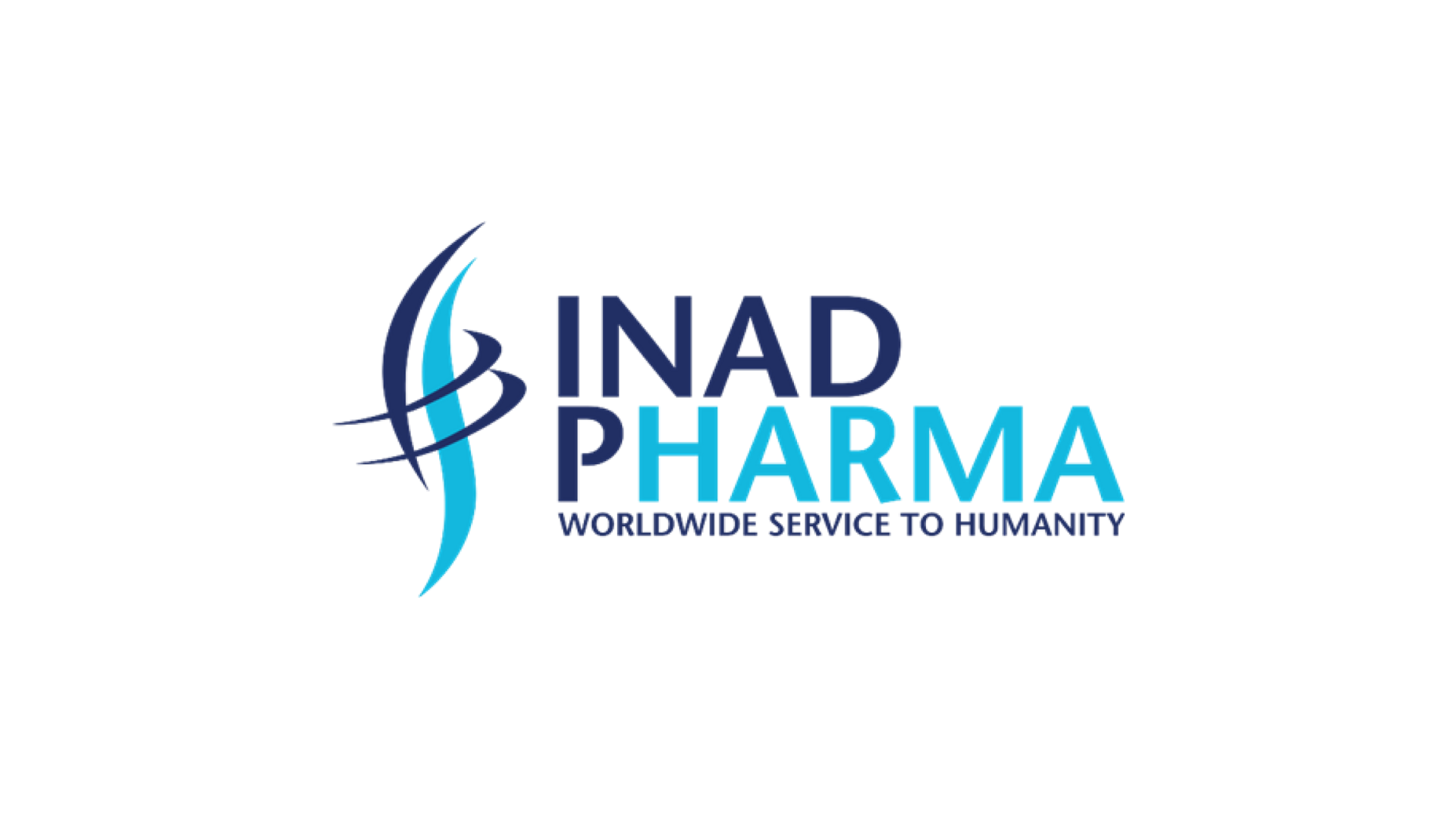
Clean Room Monitoring System for Life Sciences: Ensuring Optimal Control and Compliance
The life sciences industry is synonymous with precision, safety, and innovation. To meet stringent regulatory standards and ensure the integrity of sensitive processes, clean rooms are a critical component. At the heart of maintaining the sanctity of these environments is the clean room monitoring system. These sophisticated systems are pivotal in monitoring and controlling environmental parameters, thereby safeguarding the quality of research, development, and manufacturing activities within the life sciences sector.
What is a Clean Room Monitoring System?
A clean room monitoring system is an integrated solution designed to continuously track and manage the environmental conditions within a clean room. These conditions include temperature, humidity, pressure, particle counts, and more. By providing real-time data and alerts, these systems help ensure that the clean room environment remains within the specified limits, thereby preventing contamination and ensuring compliance with regulatory standards.
Components of a Clean Room Monitoring System
A typical clean room monitoring system comprises several key components:
- Sensors and Detectors: These devices measure various environmental parameters such as temperature, humidity, and particle counts.
- Data Loggers: These tools record the data collected by the sensors for analysis and reporting.
- Control Systems: These systems manage and adjust the clean room conditions based on the data received from the sensors.
- Alarm Systems: These provide alerts when conditions deviate from the acceptable range, allowing for prompt corrective action.
- Software: Advanced software platforms that provide data visualization, trend analysis, and compliance reporting.
Importance of Clean Room Monitoring in Life Sciences
Ensuring Product Quality and Safety
In the life sciences industry, maintaining a contaminant-free environment is crucial for product quality and safety. Clean room monitoring systems help detect and control particles and microorganisms that could compromise the integrity of pharmaceuticals, medical devices, and other life sciences products.
Regulatory Compliance
Regulatory bodies such as the FDA, EMA, and ISO have stringent requirements for clean room environments. A robust clean room monitoring system helps organizations adhere to these standards by providing accurate and reliable data, facilitating compliance audits, and avoiding costly penalties.
Protecting Research Integrity
Research and development activities in life sciences rely on precise and controlled environments. Clean room monitoring systems ensure that experimental conditions are consistently maintained, thereby protecting the integrity of research outcomes and accelerating innovation.
Key Features of Effective Clean Room Monitoring Systems
Real-Time Monitoring and Alerts
The ability to monitor environmental conditions in real-time and receive immediate alerts is a crucial feature. This ensures that any deviations can be promptly addressed, minimizing the risk of contamination.
User-Friendly Interface
A user-friendly interface is essential for ease of use. Operators should be able to easily access, interpret, and act on the data provided by the system.
Scalability and Flexibility
Life sciences organizations require scalable and flexible monitoring solutions that can adapt to evolving needs and expanding operations. A good system should be able to accommodate additional sensors and modules as required.
Comprehensive Data Management
Effective clean room monitoring systems offer comprehensive data management capabilities, including data logging, storage, and retrieval. This allows for detailed analysis and reporting, supporting both operational efficiency and regulatory compliance.
Integration with Existing Systems
Integration with other laboratory and manufacturing systems enhances the functionality of clean room monitoring systems. This includes linking with HVAC systems, manufacturing execution systems (MES), and laboratory information management systems (LIMS).
Benefits of Implementing a Clean Room Monitoring System
Enhanced Compliance and Reporting
By continuously monitoring and recording clean room conditions, these systems facilitate compliance with regulatory requirements. They also simplify the reporting process by generating comprehensive reports that can be used during audits.
Increased Operational Efficiency
Automated monitoring systems reduce the need for manual checks, allowing staff to focus on other critical tasks. This improves overall operational efficiency and productivity.
Reduced Risk of Contamination
Early detection of deviations from specified conditions helps prevent contamination events, protecting both products and processes. This is particularly important in the production of sterile pharmaceuticals and medical devices.
Cost Savings
Preventing contamination and ensuring compliance with regulatory standards can result in significant cost savings by avoiding product recalls, regulatory fines, and production downtime.
Applications of Clean Room Monitoring Systems in Life Sciences
Pharmaceutical Manufacturing
In pharmaceutical manufacturing, clean rooms are essential to prevent contamination of drugs. Monitoring systems ensure that the environment meets the strict standards required for sterile product manufacturing.
Biotechnology Research
Biotechnology research often involves sensitive biological processes that require tightly controlled environments. Clean room monitoring systems provide the necessary oversight to maintain these conditions.
Medical Device Production
The production of medical devices, especially those that come into direct contact with patients, requires a contaminant-free environment. Monitoring systems ensure that production conditions remain optimal, safeguarding product quality and patient safety.
Clinical Laboratories
Clinical laboratories performing diagnostic tests and research rely on clean room monitoring systems to maintain the integrity of their work. This ensures accurate results and reliable data.

The clean room monitoring system is an indispensable tool in the life sciences industry, ensuring that critical environmental conditions are maintained for optimal product quality, safety, and compliance. By leveraging advanced technology, these systems provide real-time monitoring, comprehensive data management, and seamless integration with other systems. As the industry continues to evolve, the future of clean room monitoring promises even greater accuracy, efficiency, and sustainability.





































































